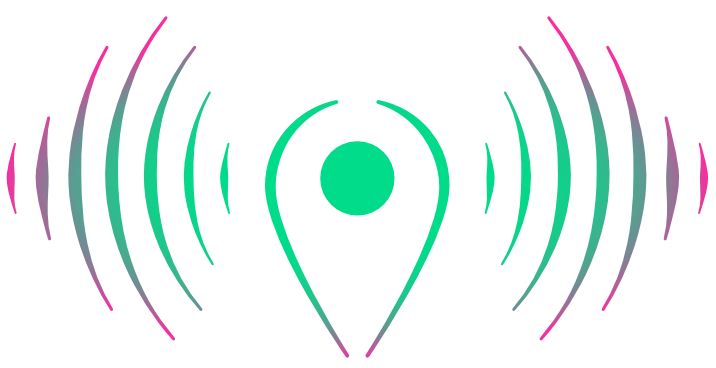the place of sound: PSA recording instructions
PSAs (Public Service Announcements) offer the opportunity to communicate information about an event, organization or initiative to a listening audience. the aim is to offer a general and comprehensive response to the who, what, where, when, why, and how of a given topic.
preparing & delivering
PSAs aired on the place of sound are approximately 90 seconds in duration (if they come in over or under by + or - 10-15 seconds that’s totally fine). in order to fit your message into this limited time frame, the information you choose to communicate must be distilled as much as possible. this means taking a few minutes to script your narrative. 1-2 paragraphs is generally sufficient.
because your PSA is going to be aired on the radio (and archived on the web), there should be some attention given to performance so as to capture the ear of listeners. be enthusiastic (but not overly so), but more importantly, be clear. this means taking a few minutes to rehearse your message. speak it aloud, and make any final edits that may improve flow and delivery before recording.
lastly, your PSA MUST include a call to action! what is it you want listeners to do? how should they respond? it’s also a good idea to communicate where listeners can find more information about your initiative. mentioning a website and/or social media handles is key.
technology
if you have access to gear such as a microphone setup, a field recorder, or voice recorder of some sort, use it. the quality of these technologies tends to be better than a smartphone. but if not, a smartphone will do. there are PSAs that have been aired on the show that were recorded on a smartphone and they translate just fine.
if the recording is small enough (i.e. less than 10MB), it can be sent in an email message. if it’s larger than 10MB, upload it to dropbox or google drive. send final files here.
the final product
on the show, the voice recording is coupled with a particular song that suits the overall aesthetic of the show. if you’d like your PSA to make use of different music, feel free to send along your preferred selection and it will be used if possible. the song you select however, MUST be royalty free and licensed to the creative commons.
examples
Carleton University’s Communication Undergraduate Student Society (CUSS):
the Tracing Covid Data research project, led by Dr. Tracey P. Lauriault:
on the detainment of Cihan Erdal in Istanbul:
Jaime Sagdrove from Carleton University’s Department of Equity and Inclusive Communities:


